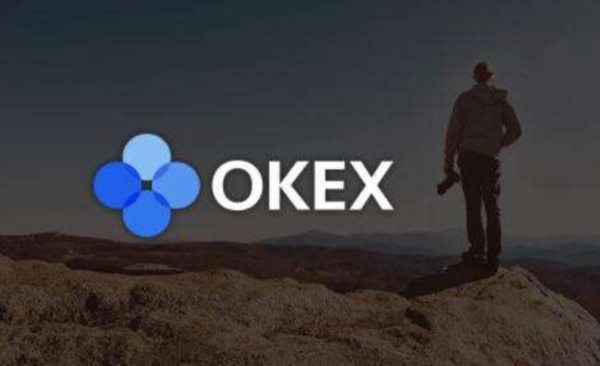時間:2024-03-13|瀏覽:329
3 月 14 日,歐洲議會最終批準了歐盟人工智能 (AI) 法——《歐盟人工智能法案》,這是世界上第一套全面的人工智能法規之一。
歐盟議會網站稱,《歐盟人工智能法案》將管轄由 27 個成員國組成的聯盟,以確保“人工智能值得信賴、安全并尊重歐盟基本權利,同時支持創新”。
根據公告,該法案以 523 票贊成的票數獲得通過。
46票反對,49票棄權。
Cointelegraph 在投票前參加了一場虛擬新聞發布會,會上歐盟議會成員 Brando Benifei 和 Dragos Tudorache 向媒體發表了講話,稱這是“我們漫長的人工智能監管道路上的歷史性的一天”。
貝尼菲表示,立法的最終結果將有助于創建“安全且以人為中心的人工智能”,其測試“反映了歐盟議會的優先事項”。
該立法于五年前首次提出,并在去年隨著強大的人工智能模型開始開發和大規模使用而加速。
2023 年 12 月,議會經過貝尼菲所說的“漫長談判”后達成了臨時協議,隨后內部市場和公民自由委員會于 2 月 13 日以 71 比 8 投票通過了該臨時協議。
當立法者今天鎖定最終投票時,圖多拉奇評論說:
“作為一個聯盟,我們向全世界發出了一個信號,即我們非常認真地對待這一問題……現在我們必須開放地與其他人合作……我們必須開放地與盡可能多的人建立[人工智能]治理志同道合的民主國家。”
人工智能行動
在今天的行動之后,在法律翻譯階段,歐盟法律將被翻譯成所有成員國的語言,屆時將進行細微的語言更改。
據 EuroNews 報道,該法案將于 4 月份進行第二次投票,并可能于 5 月份在歐盟官方期刊上發布。
11 月,所有禁止行為的禁令都將開始生效。
貝尼菲表示,這些規定從頒布之日起就具有強制性。
除了禁止的做法外,貝尼菲澄清說,“一開始,這不會是完全強制性的。
有一個時間表。”
受到什么影響?
The EU AI Act places machine learning models into four categories based on the risk they pose to society, with high-risk models subject to the most restrictive rules.
According to the EU’s website “unacceptable risk” is the top category that bans “all AI systems considered a clear threat to the safety, livelihoods and rights of people will be banned, from social scoring by governments to toys using voice assistance that encourages dangerous behavior.”
Related: Elon Musk makes Grok AI open source amid ongoing OpenAI lawsuit
An example of this would include the use of AI-powered remote biometric identification systems to scan faces in public by local authorities.
“High-risk” applications include critical infrastructures, educational or vocational training, safety components of products, essential private and public services, law enforcement that may interfere with people’s fundamental rights, migration and border control management and administration of justice and democratic processes.
“Limited risk” is related to the level of transparency in AI usage. It gives the example of interacting with AI chatbots and the need for users to be aware of interacting with a machine, along with ensuring that AI-generated content is identifiable.
The EU has created a tool called “The EU AI Act Compliance Checker,” which allows organizations to see where they fall within the legislation.
A compliance checker helps organizations determine if the. Source: Risto Uuk on X.The EU’s AI Act makes space for the “free use” of “minimal-risk” AI, which includes applications such as AI-enabled video games or spam filters.
According to the EU, currently the “vast majority”of AI systems used in the EU are in this category.
Additionally, provisions for generative-AI models were added by lawmakers with the explosion in popularity and accessibility of AI chatbots such as ChatGPT, Grok and Gemini.
General-purpose AI model developers, including local EU startups and some of the bigger names previously mentioned, will need to hand over detailed summaries of the training data used to train such systems and stay compliant with EU copyright law.
Deepfake content that has been generated using AI must also be labeled in accordance with the law as artificially manipulated.
Previously, the EU’s AI Act received pushback from local businesses and tech companies who urged authorities not to overregulate emerging AI technologies at the cost of innovation.
In June 2023, executives from 160 companies in the tech industry drafted an open letter to EU regulators outlining the implications on local innovation if regulations are too-strict.
However, upon approving the world’s first comprehensive set of AI legislation, the EU Parliament received praise from the tech giant IBM in a statement from Christina Montgomery, its vice president and chief privacy and trust officer. She said:
“我贊揚歐盟在通過全面、智能的人工智能立法方面發揮的帶頭作用。
基于風險的方法符合 IBM 對道德 AI 實踐的承諾,并將有助于構建開放且值得信賴的 AI 生態系統。”
雜志: 人工智能回復背后的真相,副駕駛圖片恐慌,特朗普深度假貨:AI Eye
![[伯特]歐盟議會通過了具有里程碑意義的人工智能法案——以下是我們所期待的](/img/btc/88.jpeg)
![[伯特]歐盟議會通過了具有里程碑意義的人工智能法案——以下是我們所期待的](/img/btc/15.jpeg)

![[海倫]立法者贊揚工人們在新墨西哥州進行具有里程碑意義的富國銀行工會支部投票](/img/btc/33.jpeg)


![[渦流]這種新的工作趨勢可能是安靜辭職的答案——以下是它如何幫助你茁壯成長](/img/20240123/3266382-1.jpg)


